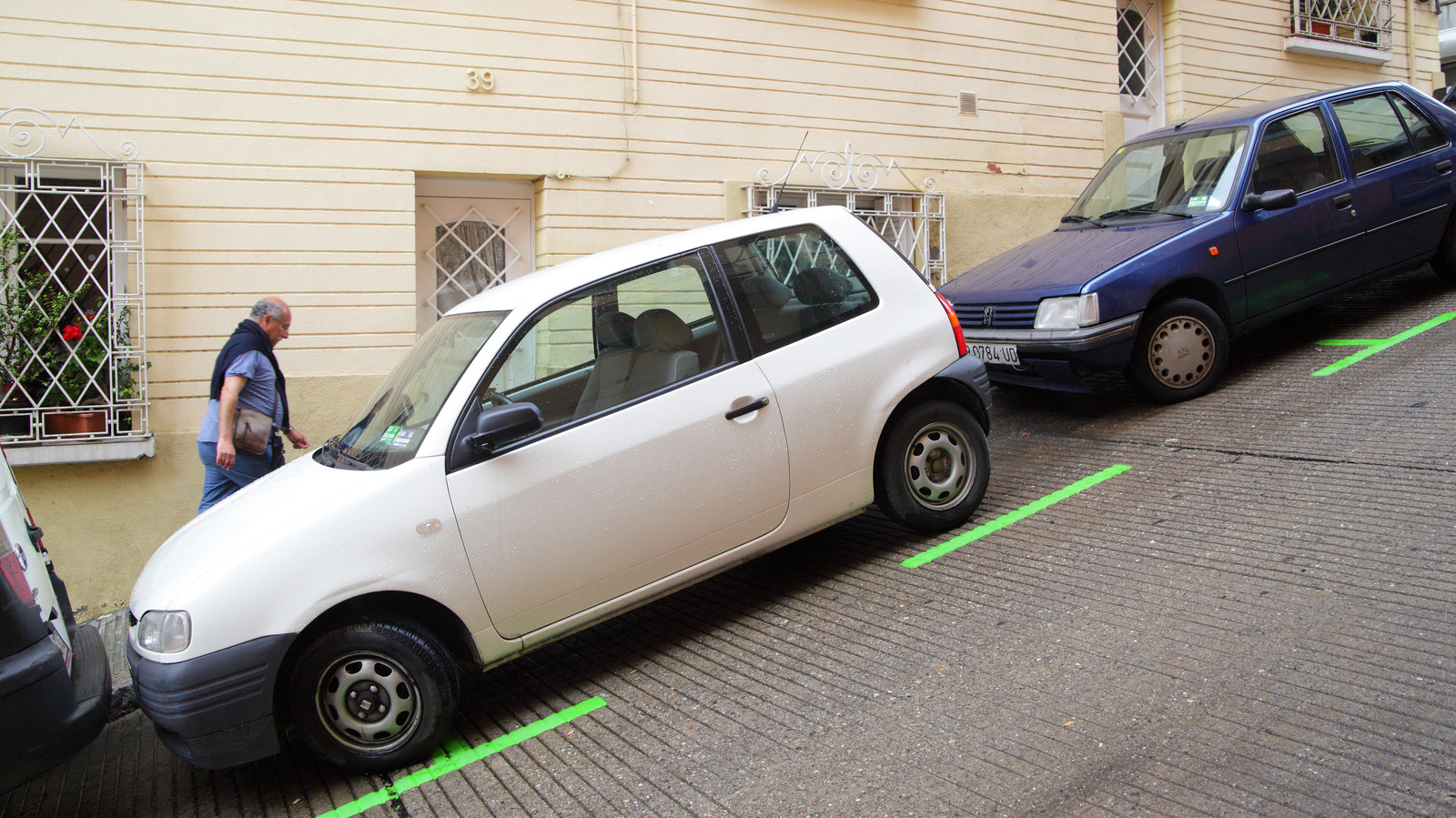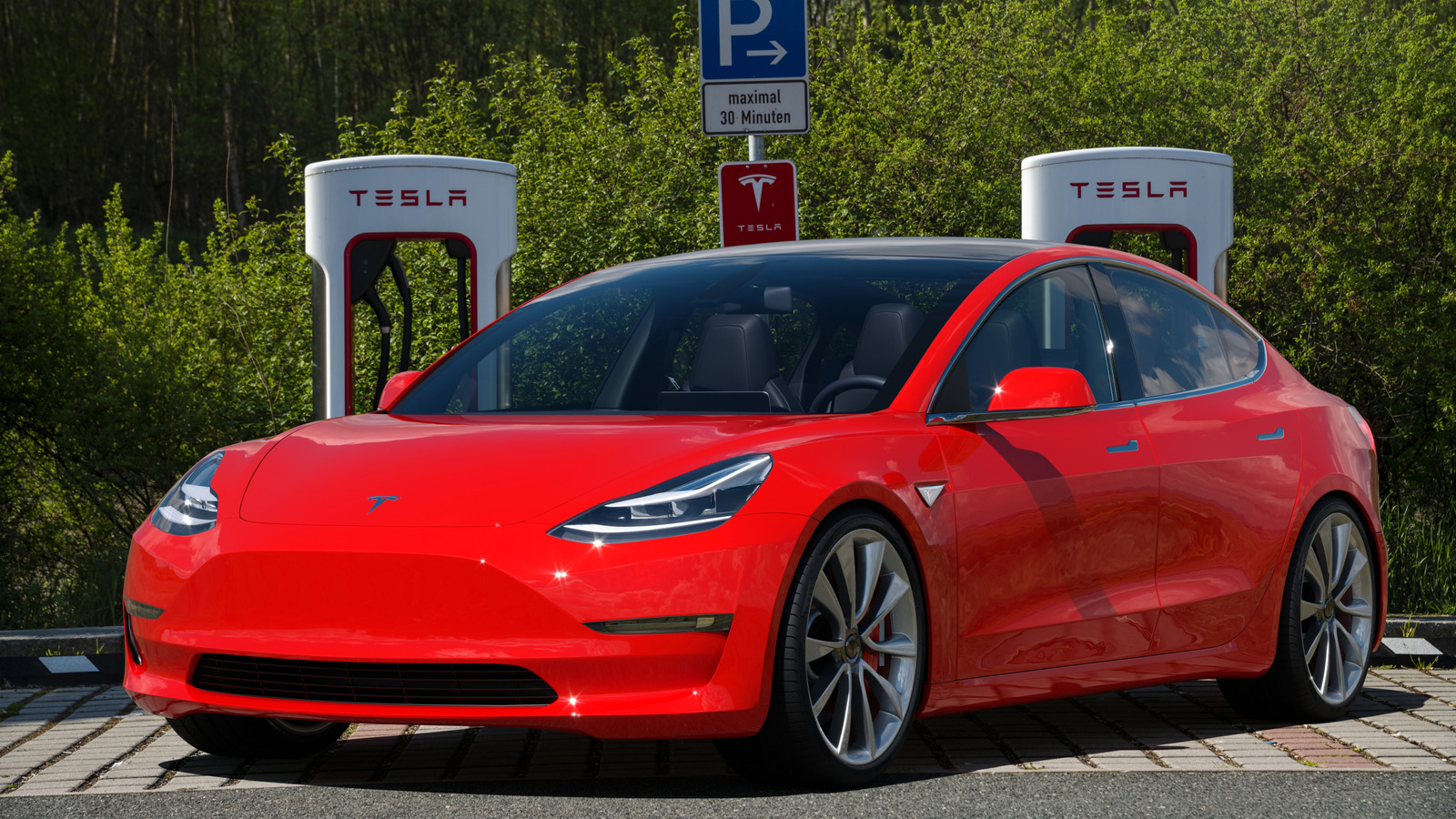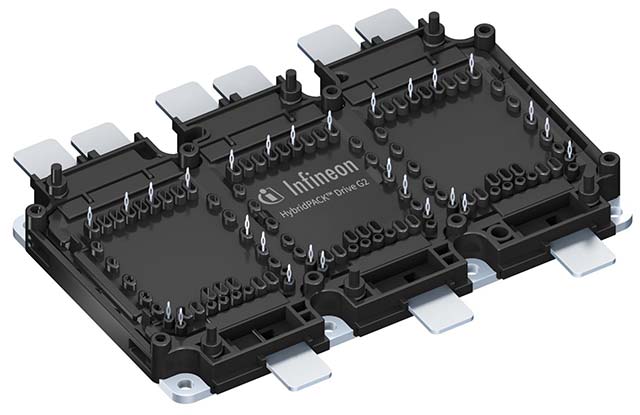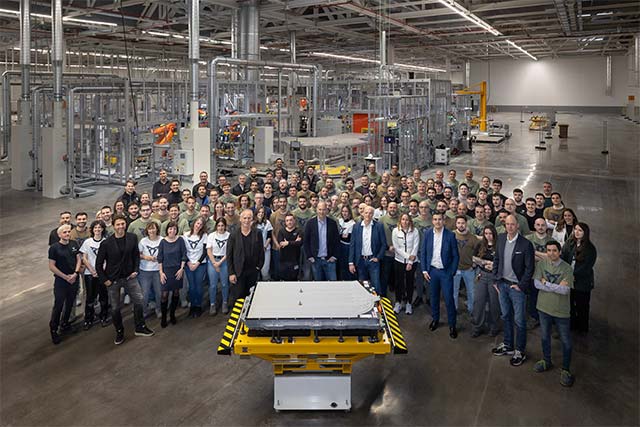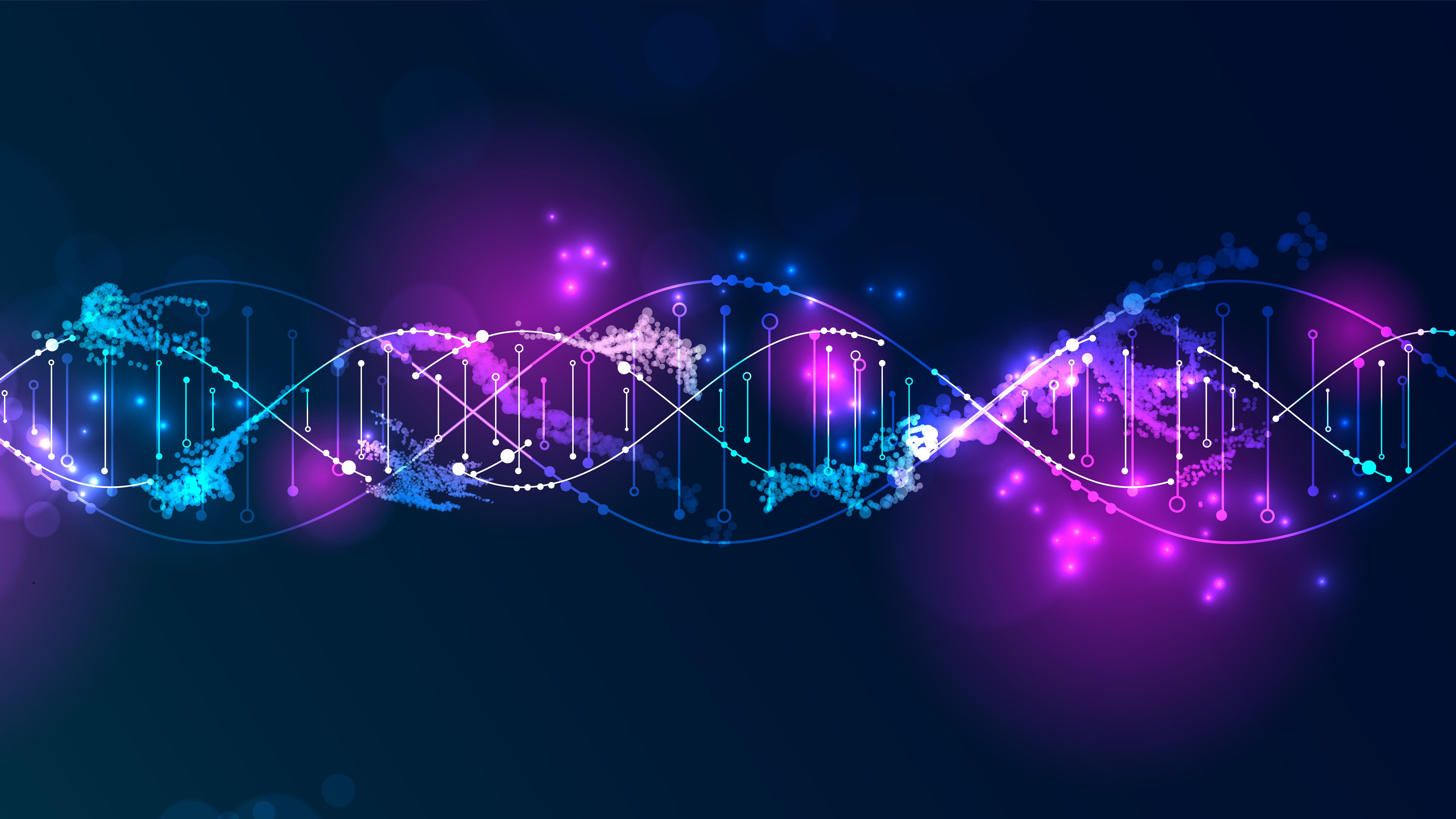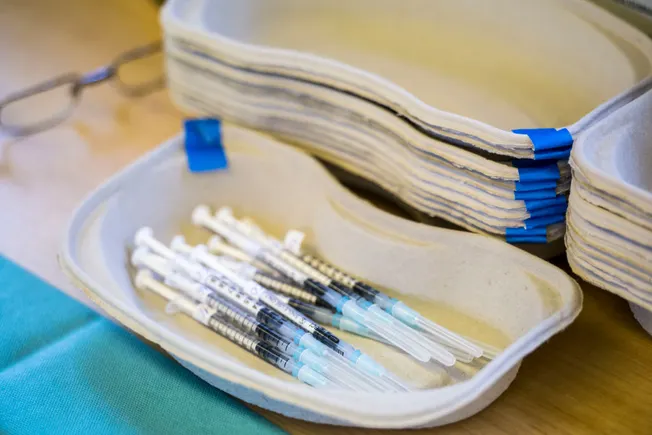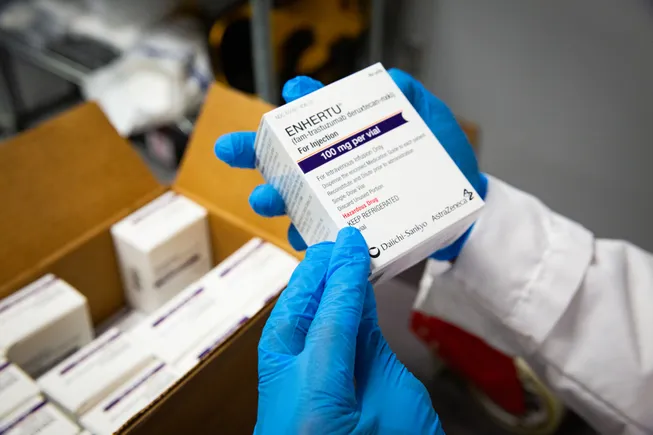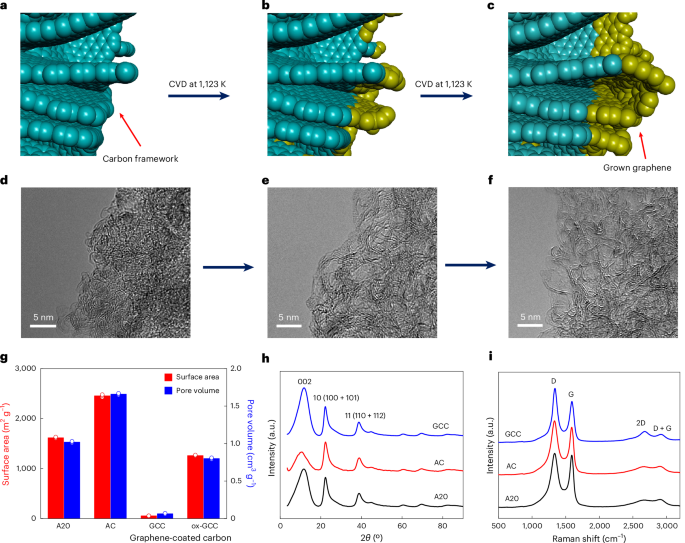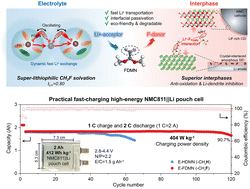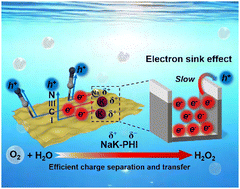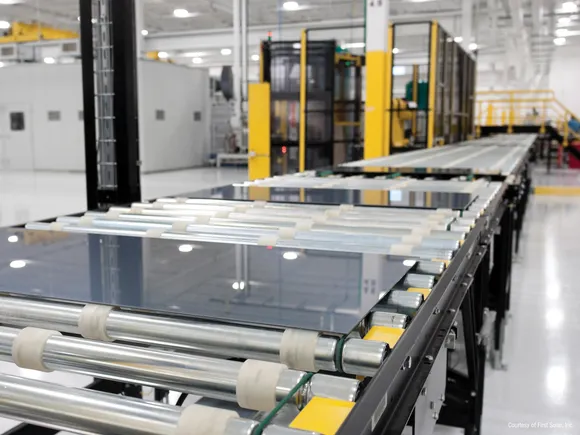Carbon‐Based Flexible Electrode for Efficient Electrochemical Generation of Reactive Chlorine Species in Tumor Therapy
Advanced Healthcare Materials, EarlyView.

A flexible electrode loaded with a carbon nanowire network (CC@C-NWN) is developed for electrochemically generating reactive chlorine species (RCS) from abundant chloride ions in body fluids for tumor therapy. CC@C-NWN enhances chlorine evolution, inducing redox dysregulation and synergistic apoptosis-ferroptosis in tumor cells. Remarkable tumor suppression is demonstrated under low-voltage conditions in vivo, highlighting its clinical potential for RCS-based antitumor therapy.
Abstract
Reactive chlorine species (RCS) are alternatives to reactive oxygen species (ROS) in tumor therapeutics. Unlike ROS, whose generation is limited by hypoxic conditions or insufficient H2O2 levels in the tumor, RCS can be generated through the electrochemical oxidation of abundant Cl− present in body fluids. However, traditional electrochemical therapy modalities have shown suboptimal outcomes. Herein, a flexible anodic electrode is fabricated by growing a carbon nanowire network (C-NWN) onto carbon cloth (CC). Attributing to its excellent hydrophilicity, high specific surface area, and electrochemical surface area, CC@C-NWN demonstrates a superior capability for RCS generation. Additionally, the carbon vacancies in CC@C-NWN not only enhance Cl− adsorption but also reduce the reaction free energy of the chlorine evolution reaction (CER) more significantly compared to that of the oxygen evolution reaction, thereby promoting the CER process. RCS generated from the CC@C-NWN electrochemical system induces severe oxidative stress, disrupting the redox homeostasis in tumor cells and promoting the synergistic anti-tumor effect of apoptosis and ferroptosis. The pliability of CC@C-NWN enables it to conform closely to the tumor, and it has demonstrated remarkable tumor-suppressive efficacy under low-voltage (3 V) condition in in vivo experiments. Therefore, the work holds significant promise for the development of novel tumor treatment strategies.












